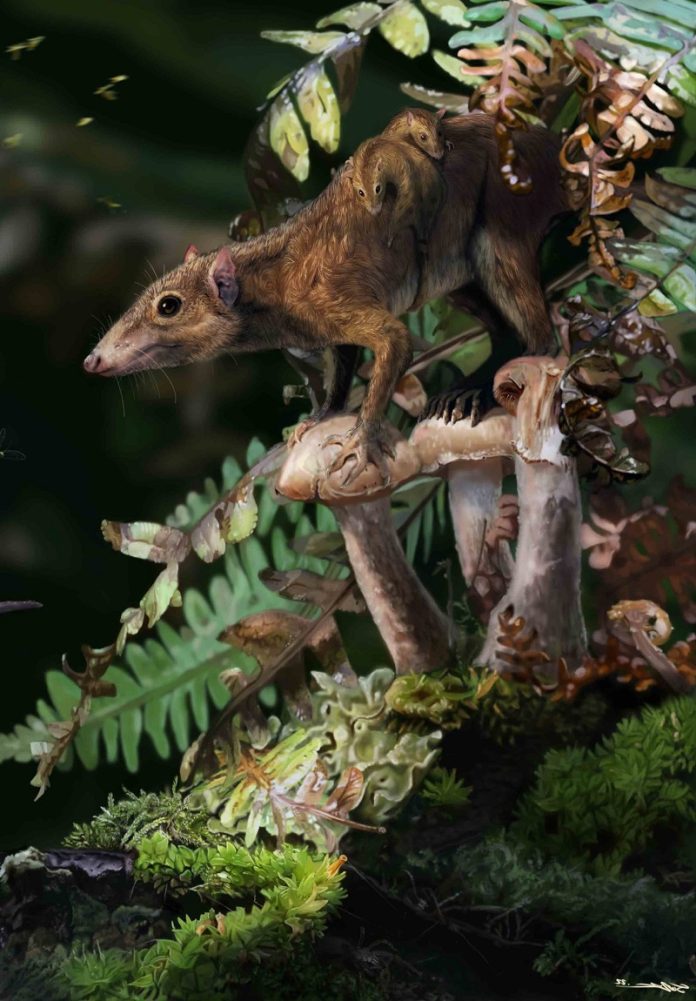
Long before the asteroid hit Earth and wiped out the dinosaurs, many mammals had already started living on the ground, according to new research led by the University of Bristol.
This surprising discovery gives us a better idea of how mammals were adapting to changes in their environment—even before the mass extinction event.
The study, published in the journal Palaeontology, focused on tiny fossilized bones from marsupial and placental mammals.
These fossils came from Western North America, the only place with a well-preserved record of land animals from that time.
The researchers studied the ends of limb bones, which can reveal how an animal moved.
By comparing these ancient bones to those of modern mammals, they found clear signs that many mammals were becoming more comfortable living on the ground rather than in trees.
Professor Christine Janis from the University of Bristol explained that flowering plants, called angiosperms, were becoming more common toward the end of the Cretaceous period.
These plants created new types of habitats on the ground.
While scientists already knew that tree-dwelling mammals had a hard time after the asteroid impact, this is the first strong evidence that many mammals were already moving toward a ground-based lifestyle before the disaster.
Previous studies looked at whole skeletons to understand how ancient mammals moved. But this research is one of the first to use small fragments of bones to study how entire mammal communities were changing. The team used museum collections in New York, California, and Calgary to find and analyze these tiny fossils.
Professor Janis said the way plants changed the landscape may have had a bigger impact on mammal evolution than the presence of dinosaurs. She added that although scientists have known for a long time that joint surfaces on long bones can show how animals move, this is the first time such small bone parts were used to study changes in whole communities.
The study focused on therian mammals, which include modern-day marsupials and placentals. It did not include more primitive mammals like multituberculates, whose bones are shaped differently.
Although the research project is now complete, the findings offer a fresh look at how mammals were already adapting to life on the ground—millions of years before the asteroid changed life on Earth forever.



